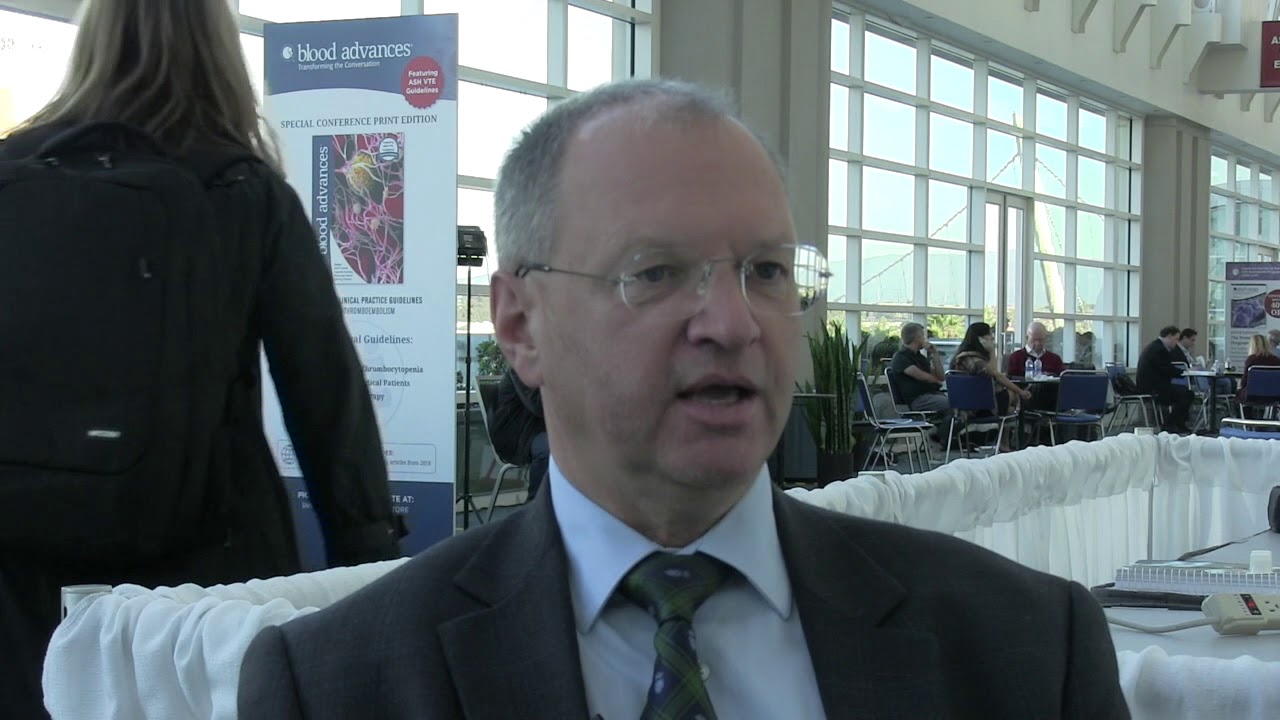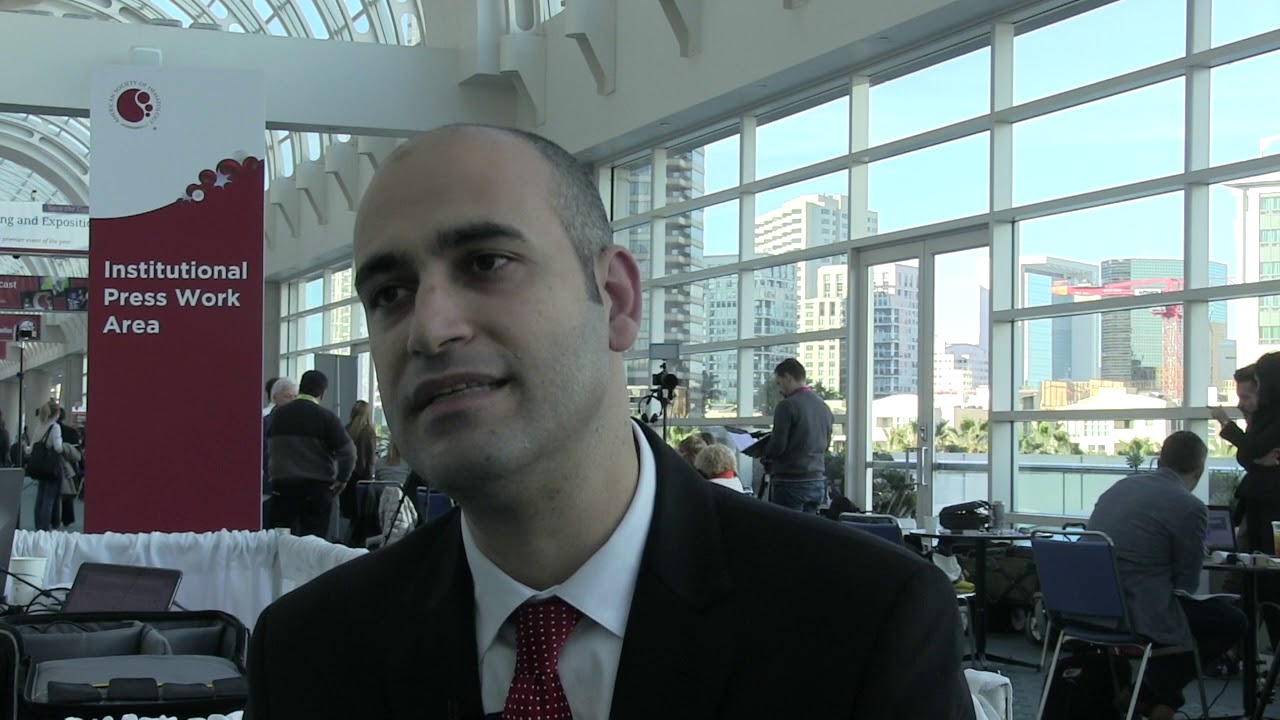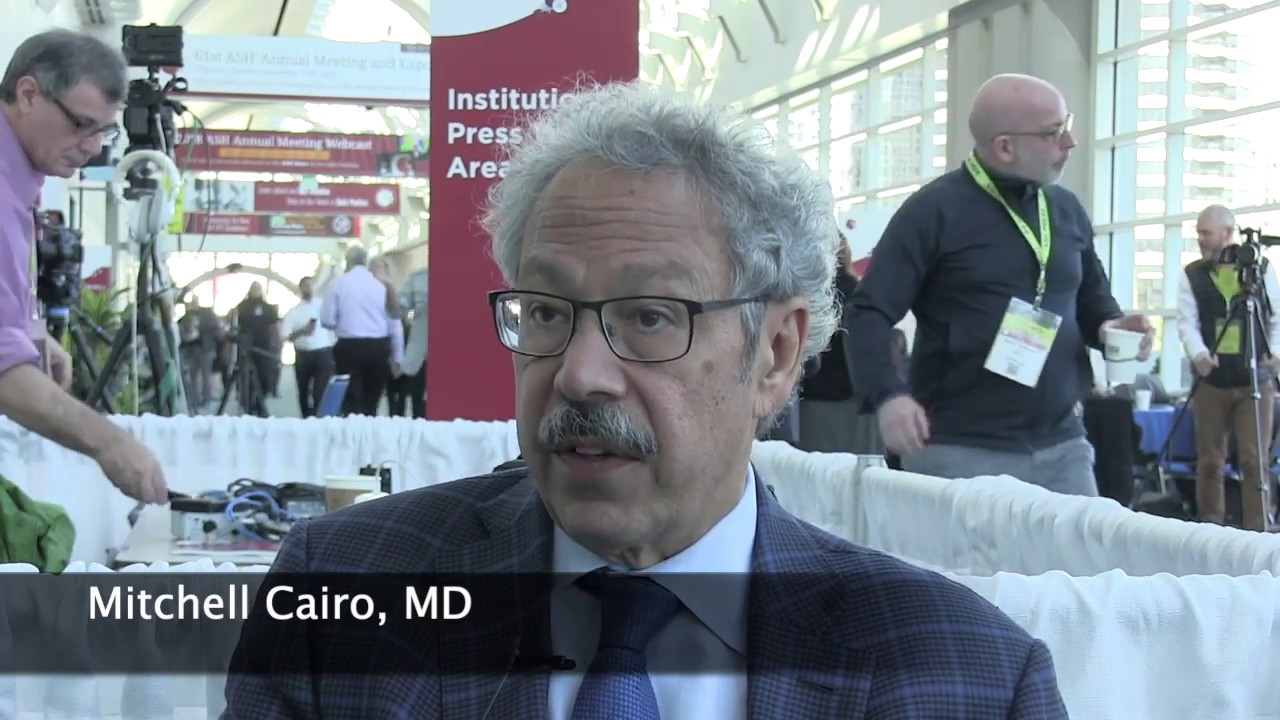Alok Khorana, MD: Prophylactic Treatment With Rivaroxaban Reduces Cancer Patients' VTE Risk
By Kerri Fitzgerald - Last Updated: August 24, 2023Patients with cancer are at an increased risk of blood clots. Research presented at the 2018 ASH Annual Meeting showed that rivaroxaban reduced the risk of venous thromboembolism (VTE) in patients with cancer who are receiving systemic therapy. Alok A. Khorana, MD, professor of medicine at the Cleveland Clinic Lerner College of Medicine, discussed the outcomes of the double-blind, phase IIIb CASSINI trial.
“The current landscape is to manage those blood clots, and when they happen, we treat patients with anticoagulation,” said Dr. Khorana. “But what we wanted to know was whether we could prevent these blood clots from happening in the first place. This was a supportive care study to prevent complications of cancer therapy while patients are starting a new systemic therapy regimen.”
The study included more than 800 patients. Patients were randomized to receive rivaroxaban at 10 mg once daily—a preventative, not treatment dose, according to Dr. Khorana—versus placebo. Patients were followed for 6 months. The primary efficacy composite endpoint was symptomatic or asymptomatic lower-extremity proximal deep-vein thrombosis (DVT), symptomatic upper-extremity or distal lower-extremity DVT, symptomatic or incidental pulmonary embolism, and VTE-related death.
“Overall, there was a high rate of blood clots—about 8.8% of the primary endpoint events,” he said. “This was definitely a high-risk population.” The primary endpoint occurred during the study period in 8.79% of patients in the placebo group versus 5.95% of patients treated with rivaroxaban, although this was not statistically significant (hazard ratio [HR] = 0.66; 95% CI, 0.40-1.09; P=0.101). Dr. Khorana said this was primarily because many patients stopped taking rivaroxaban around 4.5 months, but the researchers continued to count events that happened for the remaining 1.5 months left in the observation period. “If you focus only on the time patients were taking the drug, it was a highly significant reduction in events, at about a 4% absolute risk reduction (P=0.007),” he said.
Approximately 62.4% of patients completed the trial period from randomization to 180 days. Withdrawal of consent and death were the primary reasons for discontinuation.
Researchers also examined the primary efficacy composite endpoint in all randomized patients during treatment. Rivaroxaban was associated with a statistically significant 60% reduction in VTE events compared with placebo (2.62% vs. 6.41%; HR=0.40; 95% CI, 0.20-0.80; P=0.007). The primary safety outcome was International Society on Thrombosis and Haemostasis-defined major bleeding during treatment. Both groups had low events: four of 404 patients (0.99%) treated with placebo and eight of 405 patients (1.98%) treated with rivaroxaban. This was not statistically significant, although the study was not powered to detect a significant difference (HR=1.96; 95% CI, 0.59-6.49; P=0.265).
“We feel pretty satisfied that there is a clinical benefit to patients from this,” Dr. Khorana concluded.







 © 2025 Mashup Media, LLC, a Formedics Property. All Rights Reserved.
© 2025 Mashup Media, LLC, a Formedics Property. All Rights Reserved.